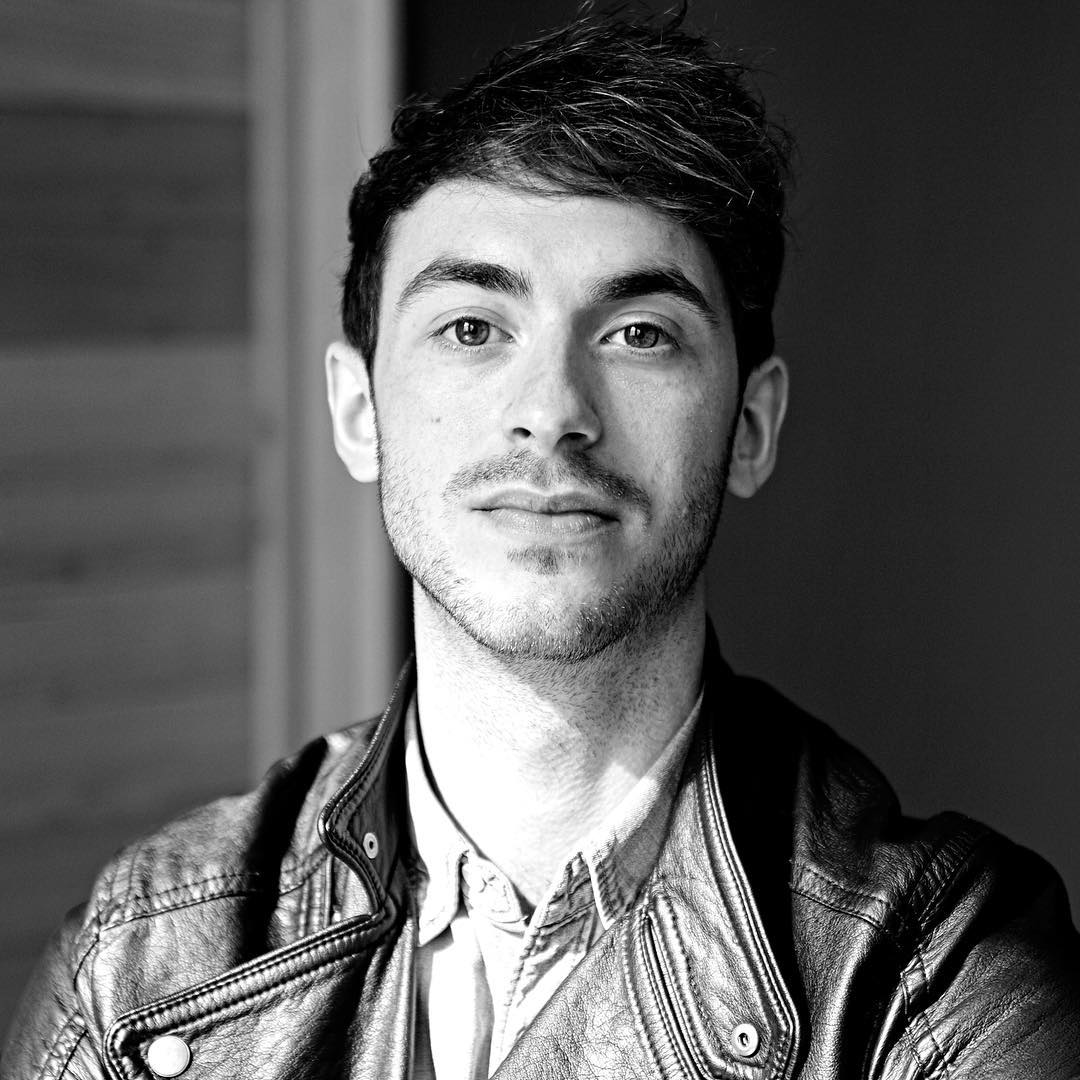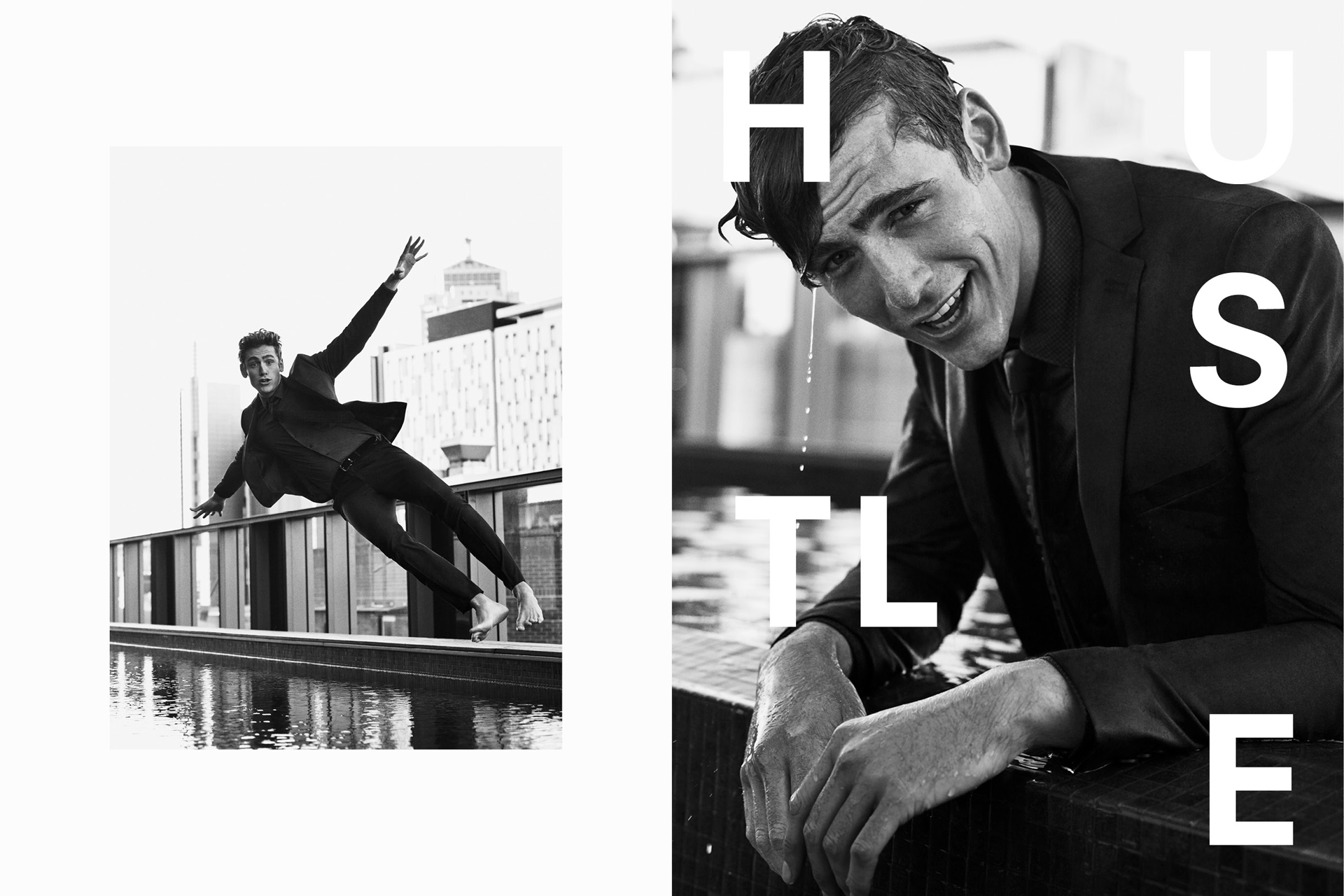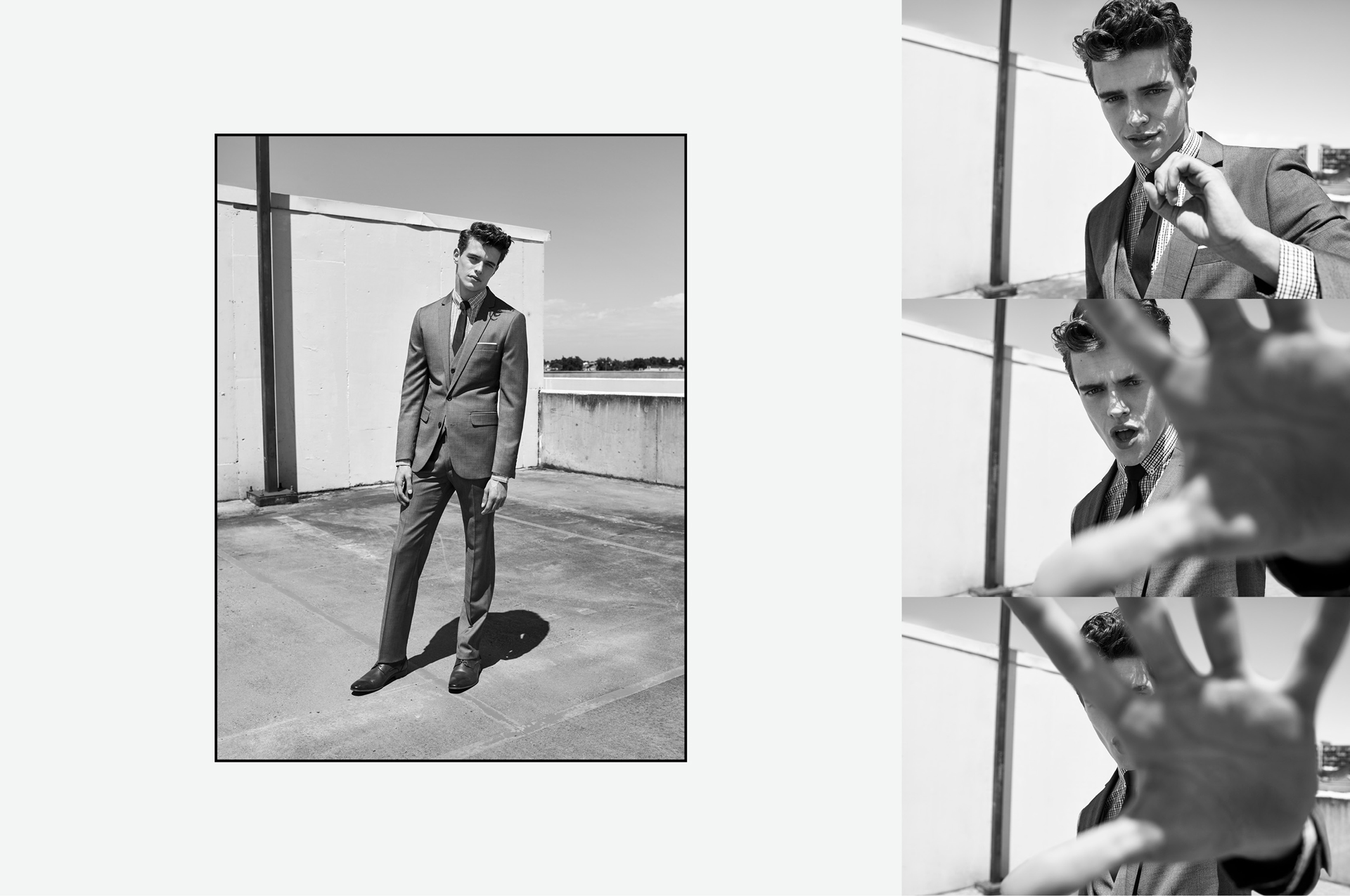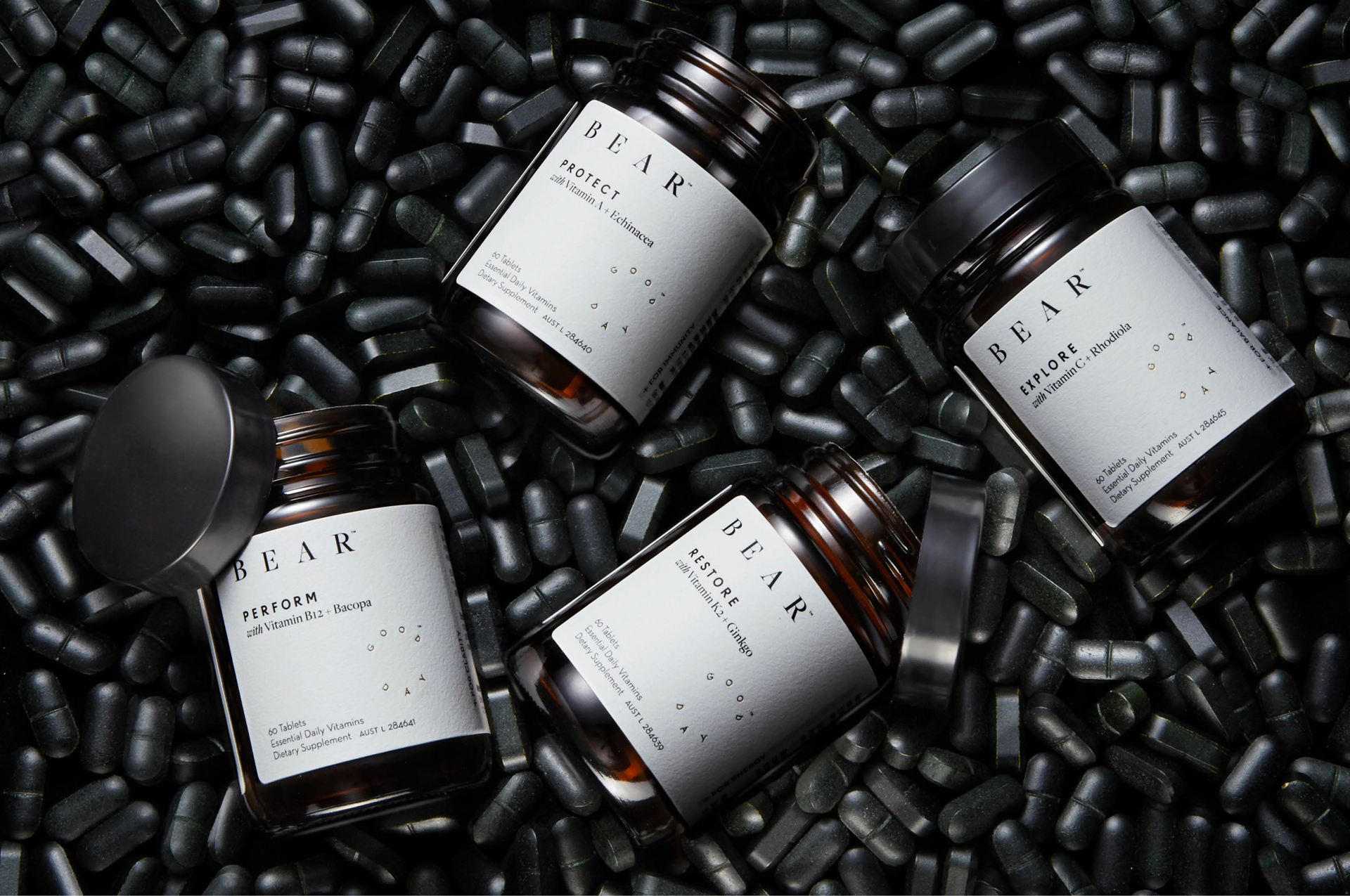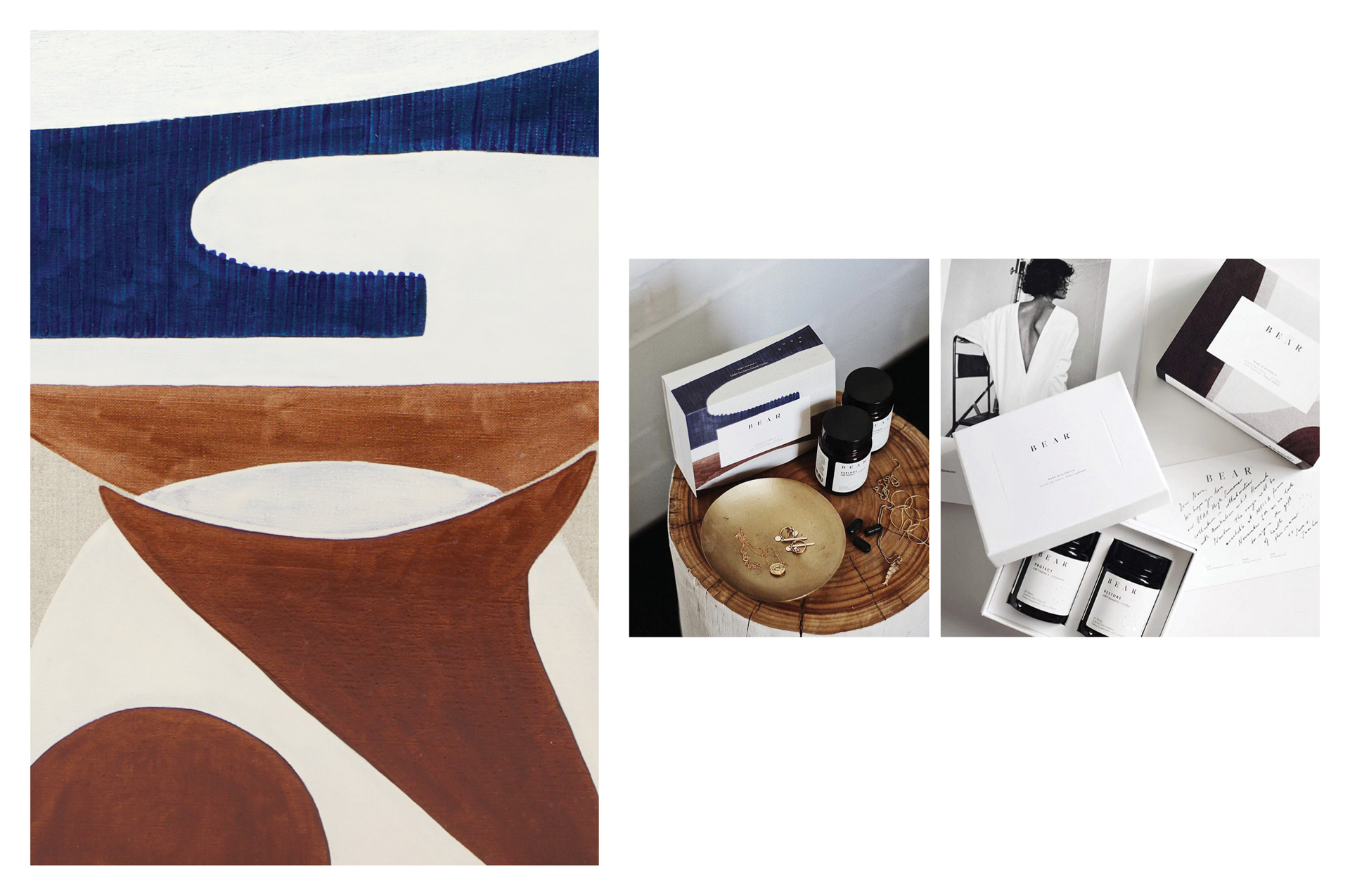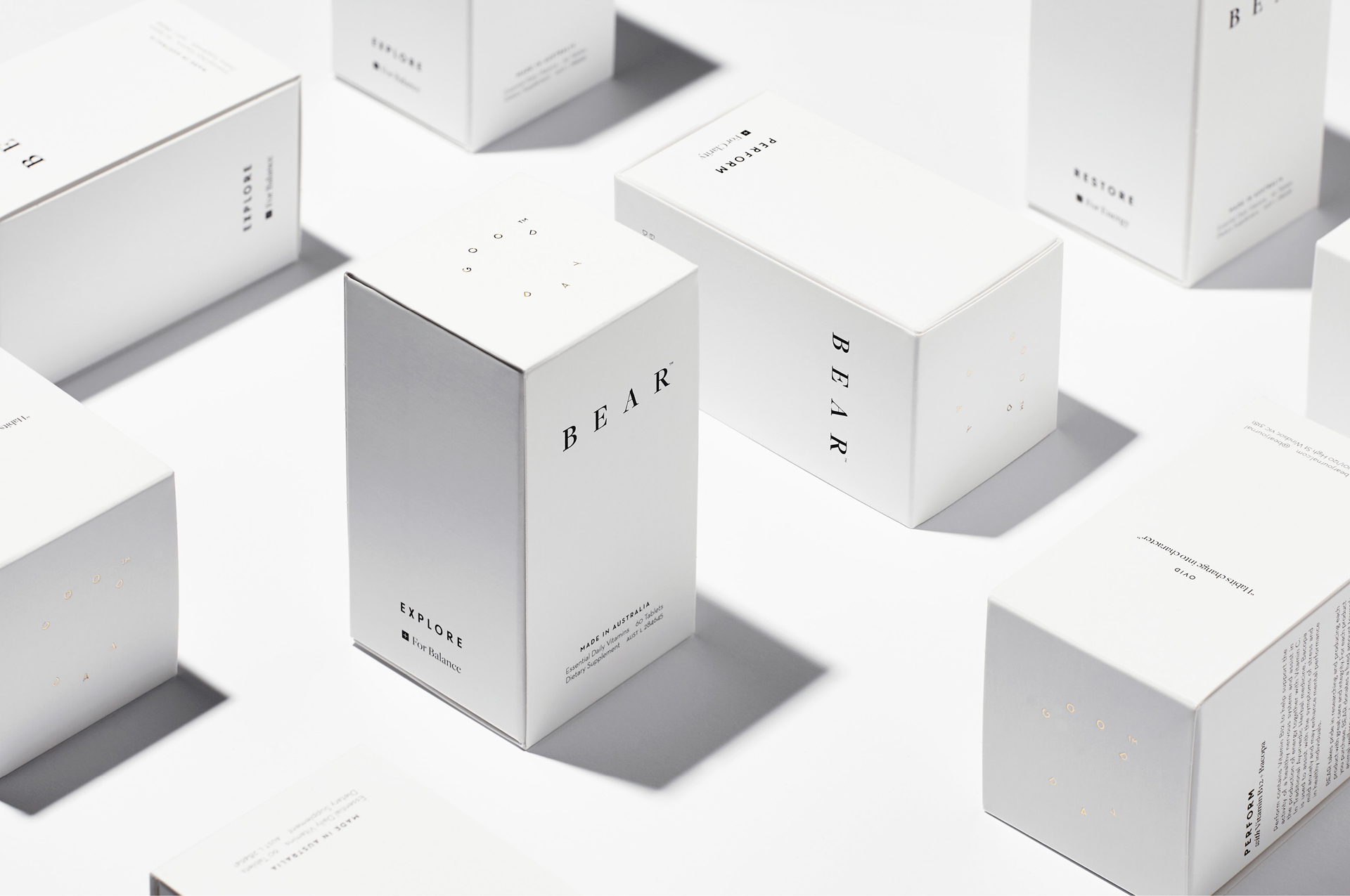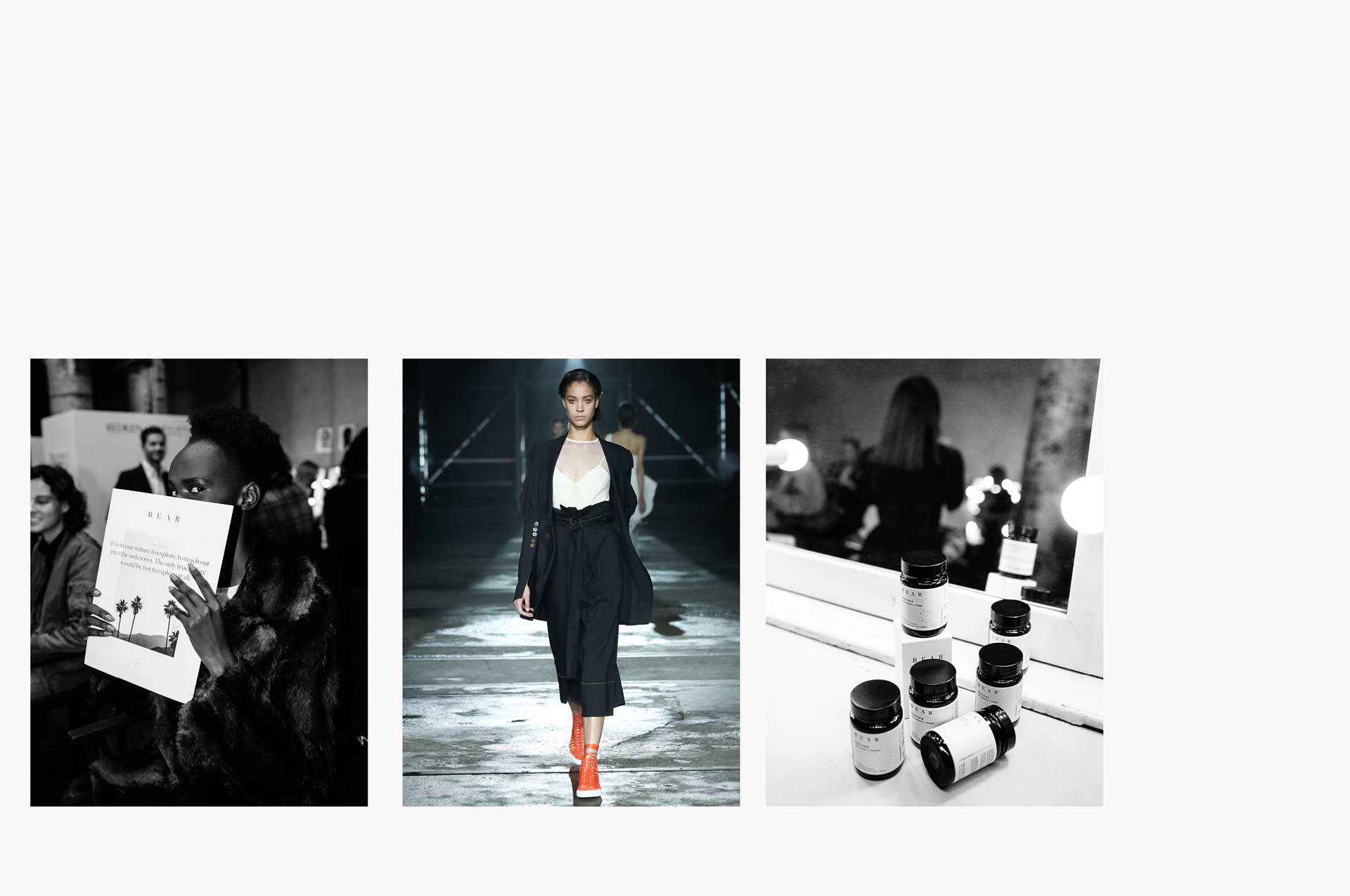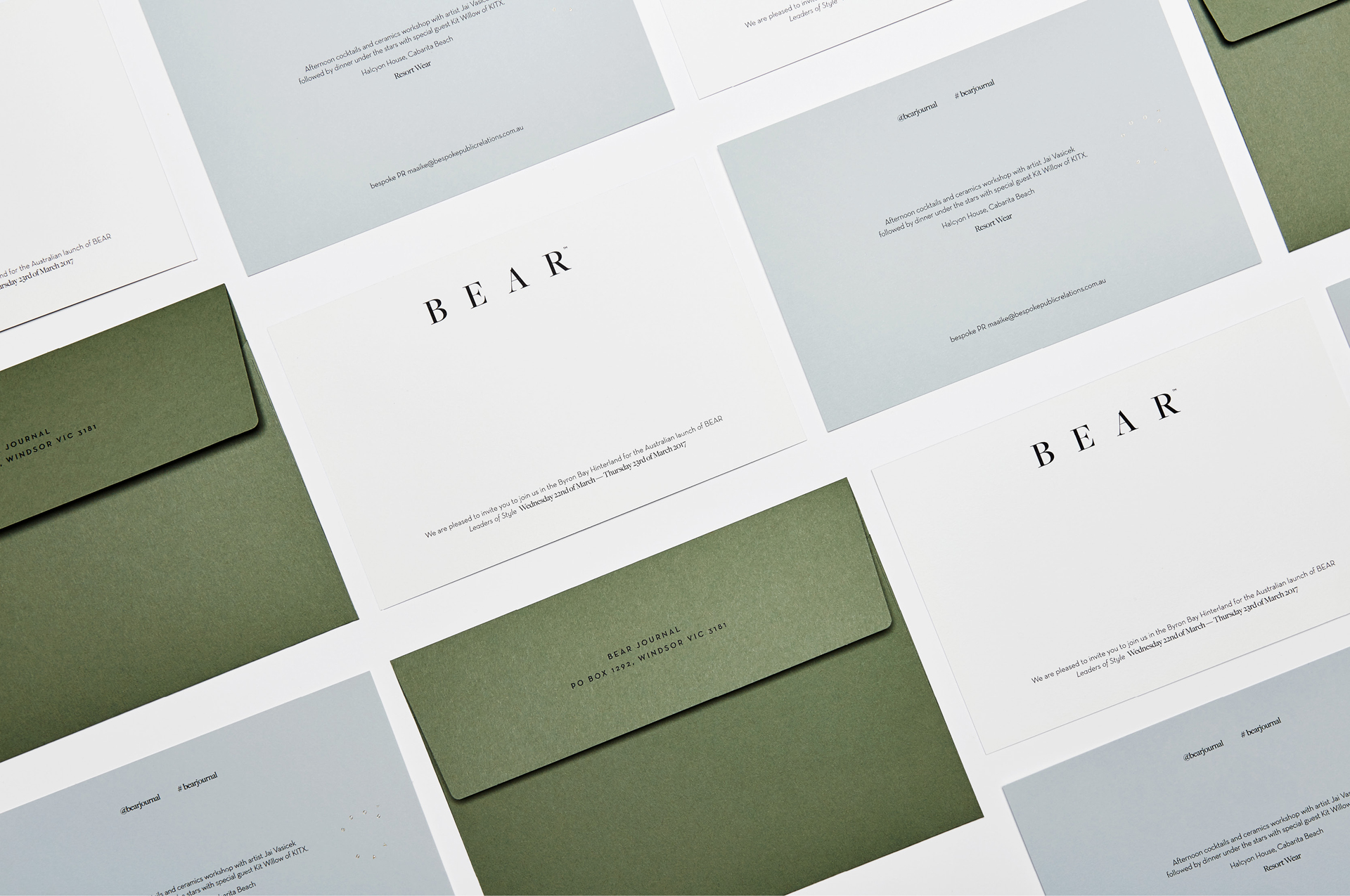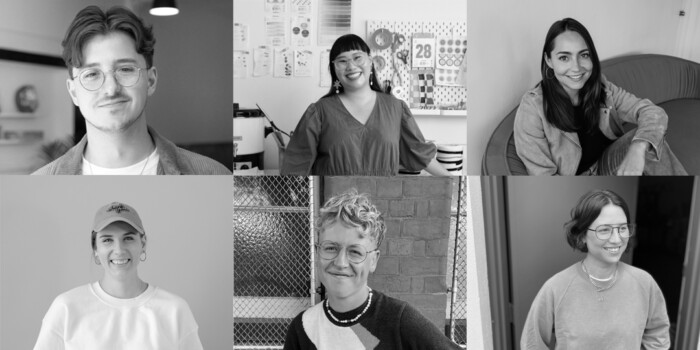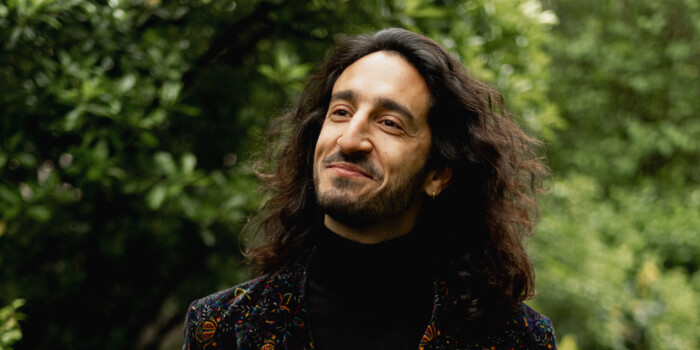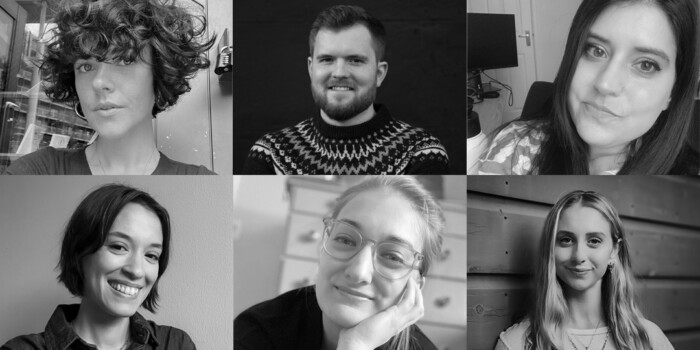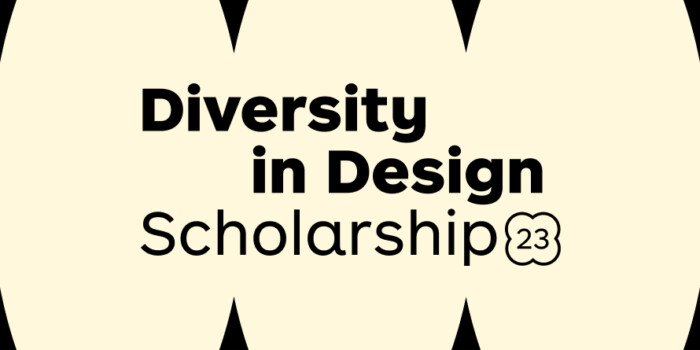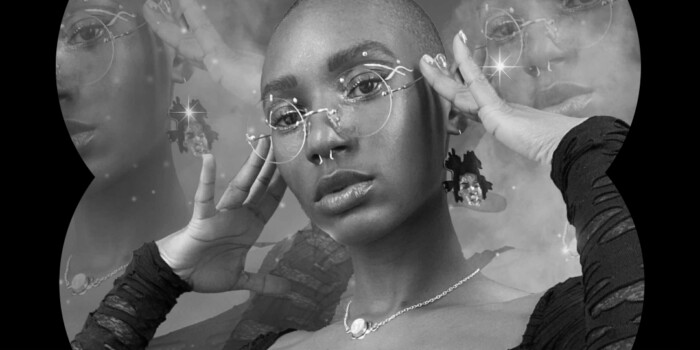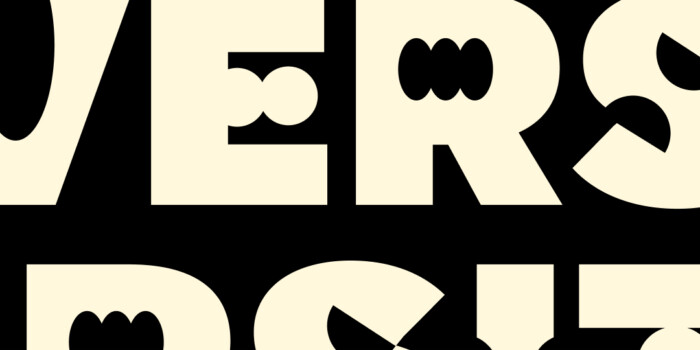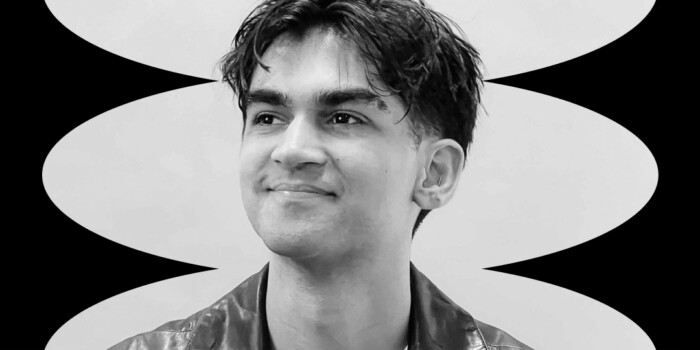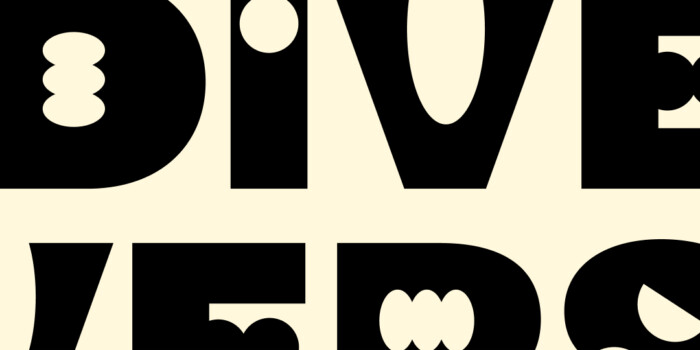Interview with Dylan McDonough, Art Director at Paper Stone Scissors
Dylan McDonough, Art Director at Paper Stone Scissors, wowed our Shillington Melbourne students during a recent industry guest lecture. He shared insights into his creative process, explained the power of collaboration and talked through five tactical tips for fresh design graduates. Read on for our complete interview with Dylan, peppered with imagery from his jaw-dropping design portfolio.
Want to learn more about working at Paper Stone Scissors in Melbourne? Read the story of Shillington graduate Jane Durlacher, who currently works with Dylan as a Junior Graphic Designer.
Tell us a bit about your creative journey.
While studying year 12 VCE I knew I wanted to work within the creative industry, but wasn’t exactly sure what that would be.
After finishing high school, I floated the idea of university and settled on a one year folio prep course at Northland Design Studies (TAFE) to explore a range of creative practices—from fashion design, to life drawing to graphic design. Upon reflection this was one of the most beneficial learning practices and showed me broader creative practices outside of graphic design.
After completing, I was accepted into Monash University to study the Communication Design course — selected due to the fact a lot of their staff were part-time designers running their own practice (similar to Shillington!) — and finished in 2013 with the MADA (Monash Art Design and Architecture) Folio of the Year Award.
Not everyone knows my first year at Monash was tough and I wasn’t able to commit to a regimented way of working at university. Personally, I felt I wasn’t ready—I failed the first half of the year and put the rest of that year on hold to start fresh.
I started freelancing in a studio and also direct to clients while in my final year at Monash. I entered full-time employment at ERD once graduated.
A couple of years later and armed with a diverse range of skills (thanks Rosanna and Leo!) I left ERD to pursue a different creative career direction at Paper Stone Scissors. Currently, I’m Art Director at PSS.
Credit for following image: yd Australia SS17 – Concept and Creative at Paper Stone Scissors. Photographed by Jake Terrey, Creative Direction by Andrew Majzner, Art Direction by Samantha Austen, Production by Adrienne Connell, Grooming by Gavin Anesbury, Styling by Kim Payne.
Walk us through typical day at Paper Stone Scissors.
There’s no typical day at PSS, which I’m thankful for. It’s exciting and challenging!
My responsibilities can range from concepting a campaign, art directing on set, storyboarding film, referencing hair and makeup, designing, copywriting, meeting with clients, casting models, activation events, social and PR ideas.
It’s always different…except for the coffee intake and amazing company 🙂
It’s always that little bit more special when you get to work with your mentors!
Credit for following image: yd Australia AW18 – Concept and Creative at Paper Stone Scissors. Photographed by Ben Simpson. Creative Direction by Andrew Majzner, Art Direction by Samantha Austen, Production by Adrienne Connell, Grooming by Gavin Anesbury, Styling by Kim Payne.
In your guest lecture you shared 5 tips after you graduate. Could you elaborate a bit on each point?
- Push yourself out there. You get back what you put out. Don’t sit there and wait for opportunities to come knocking. You need to take charge and find them yourself. If you’re looking for work and a studio doesn’t reply to your email, then email again. Be persistent, but not pushy.
- Learn from other people and always try new things. University is a great way to experiment with new directions in your work. Don’t be limited to a style because it’s your own personal taste. Create something that meets the requirements of the brief and clients needs.
- Saying “yes” straight away doesn’t always work. Saying yes to every opportunity can lead to brilliant work and strong partnerships, but it can sometimes lead to taking on a project that may be out of your depth or not actually paying enough for what the client needs. My first failure in this came from third party costs on a freelance job. I said yes to the job without properly investigating how much the photographer would cost, how much the studio will be, if we needed retouching etc.
- Get a very clear design brief. Work with your client, not for your client. Craft a brief together that is super tight so you’re able to check if the end result reflects what’s needed. Visual references help with this.
- Keep clients happy. Happy clients means a successful partnership. This can lead to the best work visually, more repeat work, an enjoyable experience and potential referrals.
In your guest lecture you walked students through a project for Just Jeans, explaining that “working with other people made it possible.” Tell us more about that!
I’m a big advocate for young creatives working within a studio environment before going out to do their own thing.
It’s so easy to get trapped into doing the same style of work on a freelance basis, instead of being able to bounce ideas off senior creatives in the industry, picking up tips along the way.
This environment creates a healthy competitive edge that you’re able to push yourself in.
With this job specifically, the overall idea was concepted and directed by me, but not without the help of our team at PSS guiding my through storyboards for film, video editing and then working with a film director for the TVC.
Could you walk us through the process behind a favourite project from your portfolio?
I don’t really have a favourite project, but I’m very proud of the work I’ve created to date for BEAR. It was a very collaborative process with the founders (Sam Leetham and Saasha Burns) that kicked off around 18 months prior to launching into the market.
I commenced this project, like I would with all branding jobs with researching which brands are in this market and out of those brands who is communicating the best and looking different. I also research what the targeted audience would be immersed in—if it’s travel, then where are they staying—if it’s fashion, then what brands are they looking for inspiration—if it’s dining, then where would they go and what does it look like etc.
Engrossing myself in research, I would extract some key insights in order to shape the creative concept directions, support my thinking and justify the final outcome.
After some refinements through client collaboration, the branding was then rolled out to labels, packaging, website design, business cards, internal documents, press kits etc.
Shortly after the product was out of manufacturing, I worked on photography concepts and directed the shoot with Melbourne photographer, Jenah Piwanski.
BEAR has been extremely successful commercially as a business and aesthetically for myself and the team. I’m constantly still working with BEAR as a long term creative partner from day 0—always still in collaboration with the founders on how to further push the boundaries and disrupt the vitamin market.
Credits for following imagery of BEAR. Image 1: Photographed by Bruce Anderson for Net–A–Porter Magazine. Image 2: High Summer collaboration with artist Hannah Nowlan. Image 3: Photographed by Jenah Piwanski. Image 4: BEAR X KITX Photographed by Hannah Roche Image 5: Photographed by Jenah Piwanski.
What or who is inspiring you most at the moment?
A big part of my influence is the world around me … even if that does sounds corny!
Music, travel, wellness, conversations with different people. All of these things can trigger creative thinking or help unlock an idea.
A big lesson I picked up from working with John Warwicker (Tomato UK…look him up now!) was to look for inspiration in different fields to what you’re working on.
For example, if you’re working on editorial design—look at contemporary artists or architecture. This may influence your layout or colour selection. If you’re working on branding—look at nature or sculptors. This can show you how textures and shapes interplay.
Trust me, this helps! It means you also don’t accidentally transfer any inspiration onto your work from a similar project you’re referencing and gives you a fresh perspective.
Any insider tips for fellow creatives in Melbourne and/or Australia in general?
Graduating mid or end of the year along with hundreds of other grads is hard. Everyone is competing for the select open junior roles (probably some of last years grads too!)
I mentioned this earlier in this interview, but to emphasise, if you don’t hear back from a studio, or they say they’re not hiring—don’t stop! Keep hustling!
Landing a job consists of talent, personal attitude and timing. Timing can be the most important factor here.
Don’t be afraid to email studios every few months to keep yourself front and centre.
Attend industry events or even jump on LinkedIn and send some emails around to senior creatives working in studios to see if they had time for a coffee to review your folio for any advice.
A cold-call or email direct to the “hello@…” or “contact@…” is good, but a personal catchup with someone in the agency can be the best way to branch out your connections and get valuable feedback on your folio.
Anything else you’d like to share?
Valuable lesson from John Warwicker…. Do more, but better 🙂
Huge thanks to Dylan! Be sure to check out his website and follow him on Instagram and Behance.
Want to win some amazing prizes and stay in the loop with all things Shillington? Sign up to our newsletter to automatically go in the draw.
